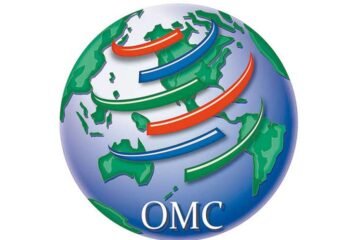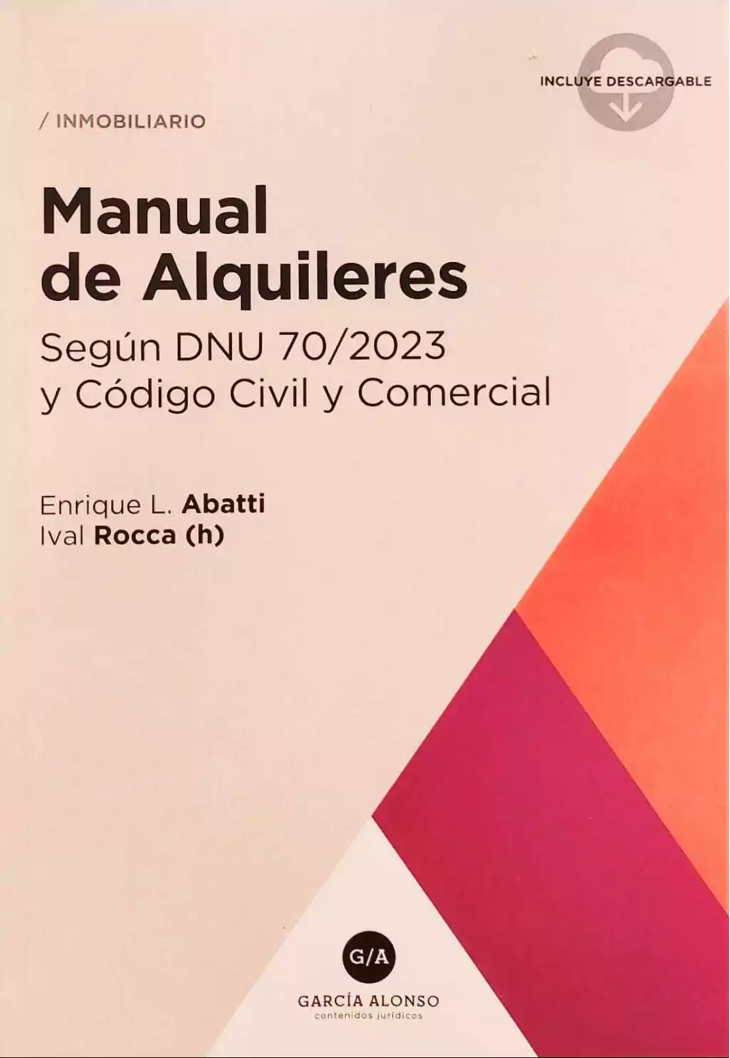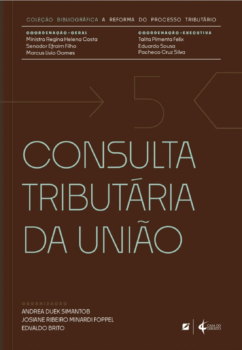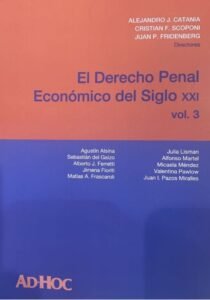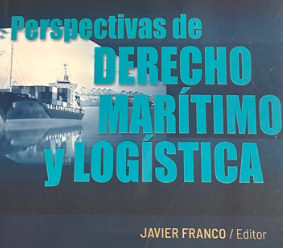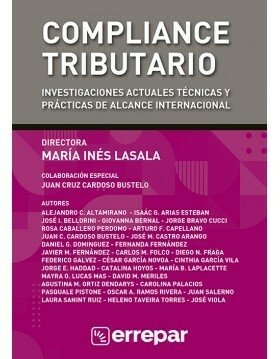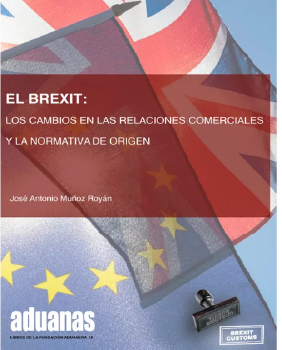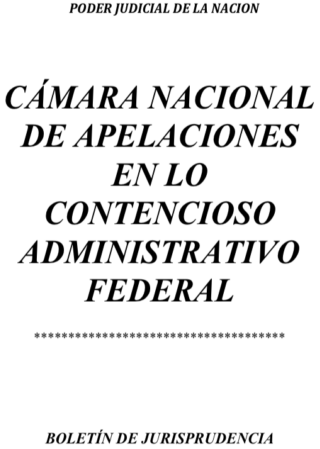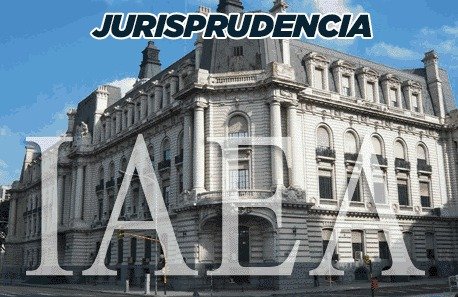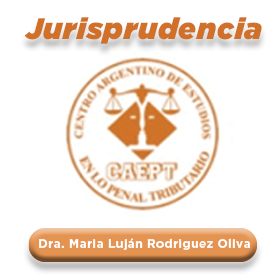La OMC hace público un nuevo informe sobre el comercio mundial de productos médicos relacionados con la COVID-19
La Secretaría de la OMC ha publicado un nuevo informe sobre el comercio de productos médicos esenciales para la respuesta mundial a la pandemia de la COVID-19. En el informe se hace un seguimiento de las corrientes comerciales de productos, como artículos de protección personal, suministros hospitalarios y de laboratorio, medicamentos y tecnología médica, y se proporciona información sobre los aranceles de esos productos.
Trade in medical products which have now been described as critical and in severe shortage during the COVID-19 crisis(1) totalled about US$ 597 billion in 2019, accounting for 1.7% of total world merchandise trade according to the report. The ten largest supplying economies accounted for almost three-quarters of total world exports of the products while the ten largest buyers accounted for roughly two-thirds of world imports.
Commitments made under various WTO negotiations and agreements have helped slash import tariffs on these products and improve market access, with the average tariff on COVID-19 medical products standing at 4.8%, lower than the 7.6% average tariff for non-agricultural products in general. The statistics show that 52% of 134 WTO members impose a tariff of 5% or lower on medical products. Among them, four members do not levy any tariffs at all: Hong Kong, China; Iceland; Macao, China; and Singapore. The report, however, also identifies markets where tariffs remain high. Tariffs on face masks, for example, can be as high as 55% in some countries.
Key points
- Germany, the United States and Switzerland supply 35% of medical products; (2)
- China, Germany and the United States export 40% of personal protective products;
- Imports and exports of medical products totalled about US$ 2 trillion, including intra-EU trade, which represented approximately 5% of total world merchandise trade in 2019;
- Trade of products described as critical and in severe shortage in the COVID-19 crisis totalled about US$ 597 billion, or 1.7% of total world trade in 2019;
- Tariffs on some products remain very high. For example, the average applied tariff for hand soap is 17% and some WTO members apply tariffs as high as 65%;
- Protective supplies used in the fight against COVID-19 attract an average tariff of 11.5% and go as high as 27% in some countries;
- The WTO has contributed to the liberalization of trade in medical products in three main ways:
- The results of tariff negotiations scheduled at the inception of the WTO in 1995;
- Conclusion of the plurilateral sectoral Agreement on Pharmaceutical Products (“Pharma Agreement”) in the Uruguay Round and its four subsequent reviews;
- The Expansion of the Information Technology Agreement in 2015.
Notas
- Those products include: computer tomography apparatus; disinfectants/ sterilization products; face masks; gloves; hand soap and sanitizer; patient monitors and pulse oximeters; protective spectacles and visors; sterilizers; syringes; thermometers; ultrasonic scanning apparatus; ventilators, oxygen mask; X-ray equipment; other medical devices. They are frequently mentioned by countries, international organizations and in news reports as the goods in short supply. Volver al texto
- The values of imports and exports in this study are calculated at HS 6-digit subheading level. Those subheadings could cover products that are for non-medical use. Volver al texto





